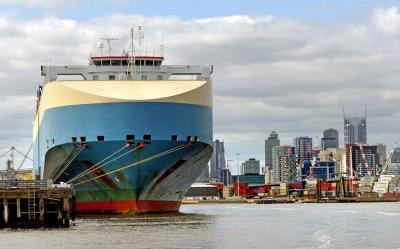Local, Regional, and Global Adaptations to a Compound Pandemic-Weather Stress Event
Studies have shown the frequency and intensity of compound extreme events has been increased in past decades and are expected to be amplified in the future. With the possibility of co-occurrence with economic extremes, they can have significant implications for agriculture and food security through changes in the demand and supply side of the food systems. Here we introduce a coupled water-agriculture-economy model to capture the likely impact of a compound pandemic-weather event. We compare the estimated impacts between two specifications of the model: with and without adaptation of the human system.
The results illustrate the critical role of global-local-global adaptations and connections in understanding the strategies to improve the resilience of the human system to compound extremes. This paper shows how better access to global markets and availability of natural resources can provide benefits to the human system by improving food security but also, they can reduce the likely environmental benefits and avoided GHG emissions.
Food security can be threatened by short-term extreme events that negatively impact food production, food purchasing power, and agricultural economic activity. At the same time, environmental pollutants like greenhouse gases (GHGs) can be reduced due to the same short-term extreme stressors. Stress events include pandemics like COVID-19 and widespread droughts like those experienced in 2015. Here we consider the question: what if COVID-19 had co-occurred with a 2015-like drought year? Using a coupled biophysical-economic modeling framework, we evaluate how this compound stress would alter both agricultural sector GHG emissions and change the number of undernourished people worldwide. We further consider three interdependent adaptation options: local water use for crop production, regional shifts in cropland area, and global trade of agricultural products. We find that GHG emissions decline due to reduced economic activity in the agricultural sector, but this is paired with large increases in undernourished populations in developing nations. Local and regional adaptations that make use of natural resources enable global-scale reductions in impacted populations via increased global trade.

